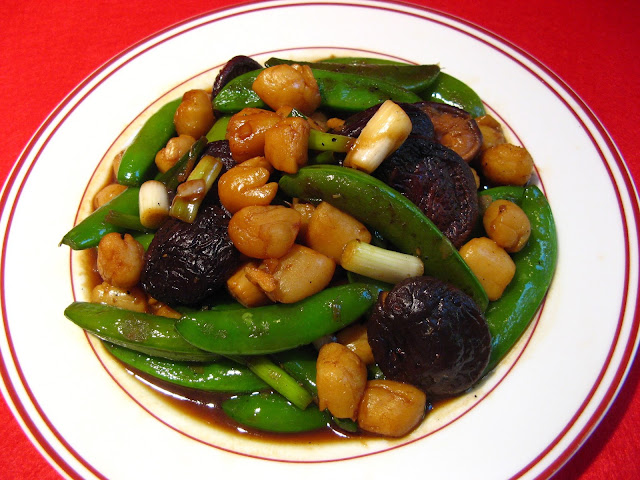This
recipe was updated on 02 Aug 2013. Some instructions were changed.
Steamed
pork is a dish I grew up eating and all Chinese Moms have a recipe for this
dish. Steamed pork is usually never the only ingredient used in making this
dish and there are innumerable recipe variations for additions. There is
another recipe for Steamed
Pork with Salted Duck Egg (Haam4 Aap3 Daan6 Zing1 Zyu1 Juk6, 鹹鴨蛋蒸豬肉).
This
version uses salted fish, whose saltiness goes well with the savory pork flavor,
and is an acquired taste. Salted fish is made by salting a whole fish and
drying it in the sun. You can still buy salted fish at your local Asian market,
but you can also get salted fish preserved in oil in a bottle. I prefer the
bottled version since it stores easily and there is no fishy smell since the
fish is immersed in oil.
On
the surface, this seems like an easy dish to make. If this dish is prepared
correctly, the steamed ground pork has a tender mouth feel when eaten. I have
found, through many attempts, that if you add 1 Tbs. (15 ml.) per ½ lb. (250
g.), together with the other marinade ingredients, you get the desired result.
Previously attempts that didn’t work used ground pork with more and less fat
content, ground pork with small and large grind, and other binders (tapioca and
rice starch).
Enjoy!






